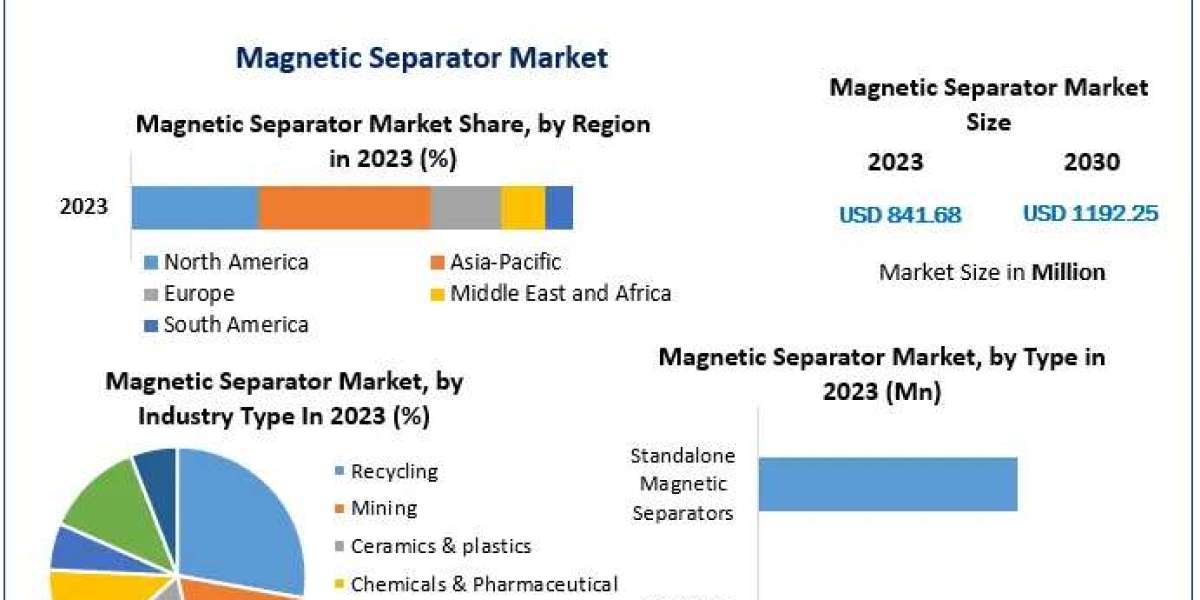The global histology and cytology market was valued at USD 14.08 billion in 2020 and is expected to grow at a CAGR of 13.3% during the forecast period, driven by rising cancer incidence, expanding diagnostic infrastructure, and the integration of digital pathology into routine laboratory workflows. Histology and cytology remain foundational to disease diagnosis—particularly in oncology—where tissue and cell morphology provide irreplaceable insights for treatment decisions. While technological innovation is accelerating, market expansion is far from uniform; it is deeply influenced by regional disparities in healthcare funding, pathology workforce density, regulatory frameworks for laboratory-developed tests, and access to advanced instrumentation.
North America, led by the United States, dominates the market, accounting for over 40% of global revenue. This leadership stems from high cancer screening rates, robust reimbursement for diagnostic services under Medicare and private insurers, and early adoption of digital pathology platforms. The U.S. Centers for Disease Control and Prevention (CDC) reports that over 1.7 million new cancer cases are diagnosed annually, generating immense demand for biopsy processing and Pap testing. The Food and Drug Administration (FDA) has cleared several whole-slide imaging systems for primary diagnosis since 2017, enabling laboratories to transition from analog to digital workflows. However, challenges persist: the American Society for Clinical Pathology (ASCP) estimates a shortage of over 5,000 pathologists by 2030, intensifying reliance on automation and AI-assisted image analysis. Canada exhibits similar trends, with provincial cancer agencies investing in centralized histology labs, though rural areas still face turnaround time delays due to specimen transport logistics.
Europe maintains a strong but heterogeneous market shaped by public healthcare systems and evolving regulatory standards. Eurostat data shows that EU countries collectively perform over 20 million histopathology procedures annually, with Germany, France, and the UK leading in volume and technological sophistication. The European Union’s In Vitro Diagnostic Regulation (IVDR), fully applicable from 2022, has increased scrutiny on reagents and staining kits, requiring stricter clinical evidence and quality management—prompting consolidation among smaller suppliers. Germany’s statutory health insurance system fully reimburses immunohistochemistry (IHC) and molecular cytology tests, supporting high utilization. In contrast, Southern and Eastern European nations often face budget constraints that limit access to automated stainers and digital scanners. Nevertheless, cross-border initiatives like the European Reference Networks (ERNs) for rare cancers are fostering standardized diagnostic protocols and telepathology collaboration, enhancing diagnostic accuracy in underserved regions.
The Asia Pacific region is the fastest-growing market, propelled by rising cancer burdens, government healthcare investments, and a surge in private diagnostic laboratories. Japan’s Ministry of Health, Labour and Welfare mandates high-quality histopathology review for all cancer diagnoses, and the country boasts one of the highest pathologist-to-population ratios globally. South Korea has integrated AI-powered image analysis into national cervical cancer screening programs, significantly improving cytology interpretation consistency. China’s market is expanding rapidly: the National Health Commission’s “Healthy China 2030” plan includes upgrading county-level pathology labs, while domestic players like Motic and Bionano are scaling production of affordable microtomes and slide scanners. India presents a dual dynamic—metropolitan private labs offer advanced IHC and liquid-based cytology comparable to Western standards, yet public hospitals in rural areas often rely on manual processing due to cost and training gaps. The Indian Council of Medical Research (ICMR) has launched pathology workforce development programs, but the shortage of trained histotechnologists remains a critical bottleneck.
Read More @ https://www.polarismarketresearch.com/industry-analysis/histology-cytology-market
Latin America and the Middle East & Africa remain underpenetrated but show emerging demand. Brazil’s Unified Health System (SUS) covers basic histopathology, and the National Cancer Institute (INCA) has established reference labs in major cities, though specimen backlogs are common. In the Gulf, Saudi Arabia’s Vision 2030 includes building specialized oncology diagnostics centers, with new histology labs opening in Riyadh and Jeddah. However, most of Sub-Saharan Africa faces systemic challenges: the World Health Organization estimates fewer than one pathologist per million people in several countries, severely limiting diagnostic capacity. Initiatives like the African Strategies for Health project are promoting telepathology and mobile cytology units, but sustainable scale requires long-term investment in training and infrastructure.
Key restraints include high capital costs for automated systems, regulatory complexity under IVDR and FDA, and persistent global shortages of skilled histotechnologists. Opportunities lie in AI-powered image analysis integration, automated tissue processing workflows, and telepathology-enabled remote diagnostics. A defining trend is the convergence of histology with precision oncology biomarker testing, while digital pathology adoption in emerging economies, standardized staining protocol implementation, and laboratory workflow optimization are enhancing diagnostic throughput and accuracy.
- Thermo Fisher Scientific Inc.
- Danaher Corporation (Leica Biosystems)
- Agilent Technologies, Inc.
- Roche Diagnostics
- Sakura Finetek Europe B.V.
- Abbott Laboratories
- BD (Becton, Dickinson and Company)
- Sysmex Corporation








